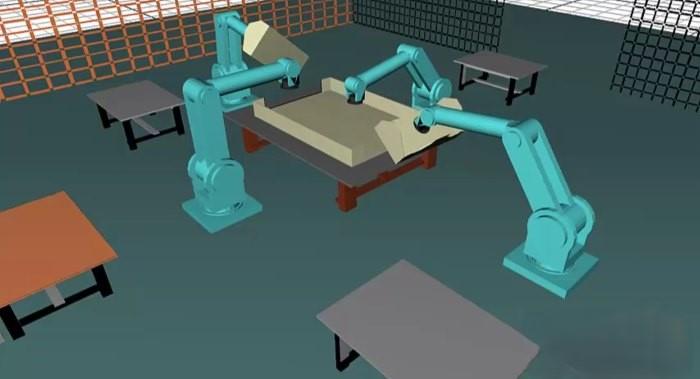The global push for faster innovation, greater efficiency, and more sustainable design has created a massive demand for advanced digital tools. The 3D Simulation Software Market has emerged as a cornerstone of modern product development, encompassing a vibrant ecosystem of software vendors, cloud providers, and expert consultants. The financial significance of this sector is substantial and growing rapidly, with detailed forecasts showing the market is poised to expand to a valuation of USD 39.64 billion by 2035. This significant growth, advancing at a powerful 17.02% CAGR over the next decade, is driven by the universal recognition that virtual testing and digital prototyping are essential for maintaining a competitive edge in the 21st-century economy.
The market can be segmented by the type of physics being simulated, which reveals a highly specialized landscape. A major segment is Finite Element Analysis (FEA), which is used for structural and stress analysis to predict how a product will react to physical forces. Computational Fluid Dynamics (CFD) is another key segment, used to simulate the flow of liquids and gases, which is crucial for aerodynamics and thermal management. The market also includes specialized segments for electromagnetic simulation, which is vital for designing antennas and electronics, and multibody dynamics, used for simulating complex mechanical systems like engines and robotic arms. Many vendors offer a suite of tools that cover multiple physics domains, providing a comprehensive simulation platform.
From a deployment perspective, the market is undergoing a significant transition. Traditionally, 3D simulation software has been a high-performance computing (HPC) application, requiring powerful on-premises workstations or server clusters to run complex calculations. While this model is still prevalent, there is a major shift towards cloud-based simulation. Cloud platforms offer on-demand access to virtually unlimited computing power, allowing engineers to run larger and more complex simulations than would be possible on their local hardware. This pay-as-you-go model also makes powerful simulation capabilities accessible to smaller companies and startups that cannot afford a large, dedicated HPC infrastructure.
Geographically, North America and Europe are the largest and most mature markets for 3D simulation software. This is driven by their large and sophisticated automotive, aerospace, and industrial manufacturing sectors, which have been long-time users of this technology. These regions are home to most of the industry's leading software vendors. However, the Asia-Pacific region is the fastest-growing market. The rapid growth of the manufacturing and electronics industries in countries like China, India, and South Korea, coupled with a strong government push towards high-tech R&D, is creating a massive new demand for advanced simulation tools, making it the key growth engine for the global market.
Top Performing Market Insight Reports:



